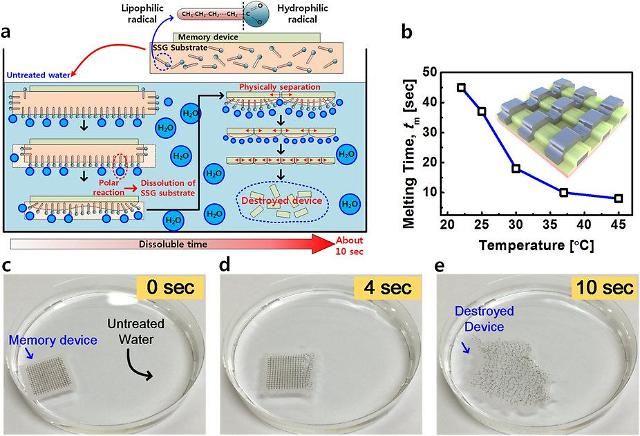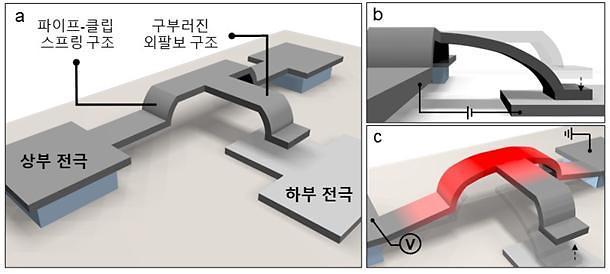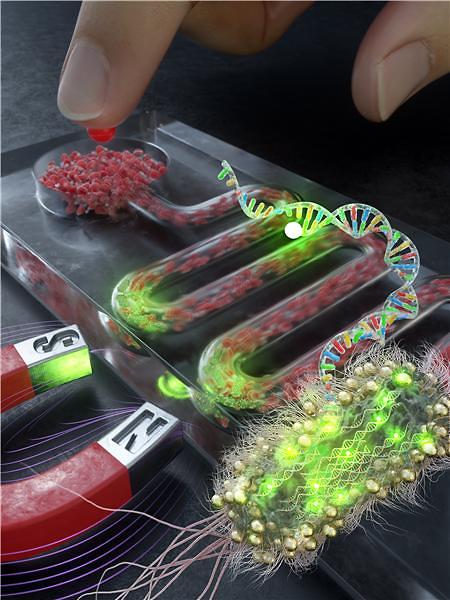
[Courtesy of Science Reports]
South Korean scientists have developed a transient memory device that can be soluble in water within 10 seconds to ensure security and protection against unauthorized accessibility.
Researchers have tried to build a cost-effective and flexible memory device on various substrates including paper, plastic, and fabric as an alternative. Papers have been favored due to low cost, flexibility, and light weight.
Scientists from South Korea's most prominent research institute, KAIST, said in a paper published by Scientific Reports that they have developed a disposable resistive random access memory (RRAM) by utilizing a water soluble SSG (solid sodium with glycerine) paper.
"This material has a hygroscopic property hence it can be soluble in water," the paper said, adding the new memory device is dissolved within 10 seconds.
"By utilizing the SSG paper as a substrate, we fabricated a disposable resistive random access memory which has good data retention of longer than 106 seconds and cycling endurance of 300 cycles."
"By employing direct printing but not lithography technology to aim low cost and disposable applications, the memory capacity tends to be limited less than kilo-bits," the paper said.
However, it said that unlike high memory capacity demand for consumer electronics, the proposed device is targeting for security applications.
"This aspect is attractive for security and protection system against unauthorized accessibility."




